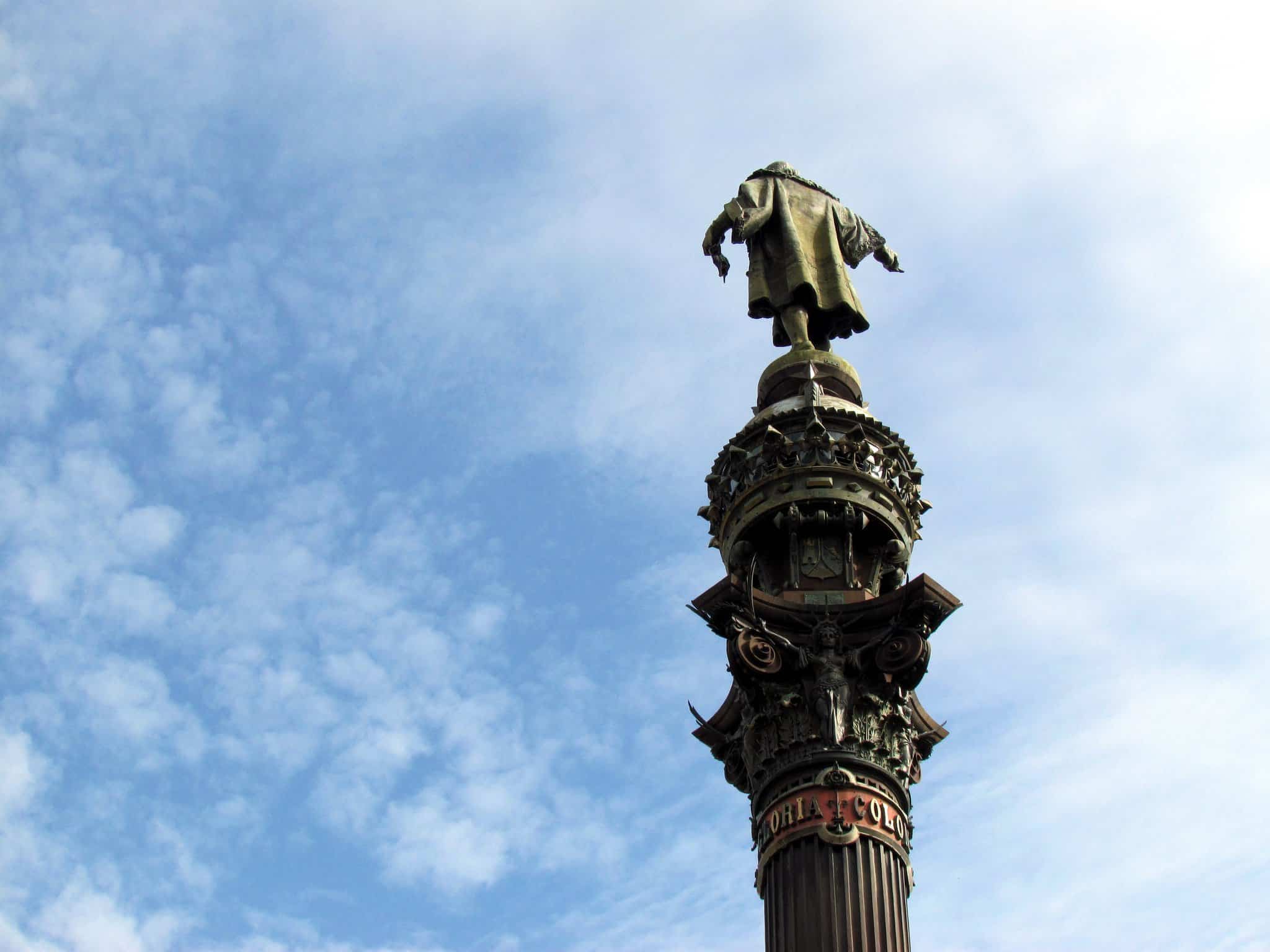A few nights ago, a young man was arrested in Chicago for defacing a statue. No, it wasn’t the statue of a Confederate general, or some 19th century Imperialist; it was an Italian sailor.
So, it must be Columbus Day, or depending on your state of residence, Indigenous Peoples Day. A day when thousands of Americans will either be protesting the inhumane and fundamentally racist treatment of indigenous peoples at the hands of European settlers, or celebrating the intrepid explorer who established the first European settlement in the Americas, and whose name has been lent to such institutions as Columbia University, and such places as our nation’s Capital.
Of course, even this holiday has become divorced from its original symbolism. The extent to which we are consciously celebrating a 15th-century Genoese navigator who ran into a series of islands 800 miles south of Florida, some 300 years prior to the founding of the United States, and some 500 years after the first Europeans set foot in North America, seems unclear. The extent to which we are concretely honoring ‘indigenous peoples’ on this day is even less clear.
Rather, like many symbols, this holiday has been increasingly co-opted as a political litmus test for our deepest convictions concerning race, power, and privilege.
Recent protests calling for the removal of statues deemed inappropriate from town squares and college campuses have become flashpoints for deep seated ideological divisions. And while the tragic effects of Charlottesville are still being processed by many who were shocked to see scenes reminiscent of 1963 Birmingham, I can’t help but wonder if we shouldn’t ask ourselves whether statues are worth it.
To rephrase the question: In what way, concretely, does the removal of a statue aid those who suffer the consequences of systemic racism? Are we, perhaps, in danger of turning these statues into ideological sideshows which have a powerful symbolic effect, but result in little or no change in the daily lives of the people for whom these statues are offensive?
As a boy, the civil rights movements of the 1960’s were presented as an over-and-done accomplishment. Images like Rosa Parks refusing to give up her seat, or Dr. Martin Luther King Jr. composing letters from jail were powerful symbolic images suggesting a battle between good and evil which culminated in the passage of civil rights legislation, and the end of our nation’s racist past. Although events like Charlottesville should be more than enough to disabuse us of this naïve narrative, it is easy to see how battles over symbolism can obscure concrete change, forcing the question: If the Civil Rights Act didn’t solve systemic racism, what will the removal of some statues accomplish?
But symbols are powerful. They focus our deepest convictions in the form of something concrete. Statues, in fact, serve this purpose exclusively; they have no other use. We erect statues to demonstrate values like courage, intellectual achievement, and faith. In short, things we value. This being the case, it seems reasonable to remove public symbols which no longer represent our collective values, such as Civil War soldiers who, whatever their personal beliefs, fought against emancipation.
But it is the very importance and flashiness of a symbol which can obscure or distract from what it actually stands for. It is a form of idolatry to see the symbol as the whole issue. For example: That a few bankers became symbolic of the 2008 housing collapse and subsequent recession completely obscured the fact that these men were merely part of a much larger and dysfunctional system. The bankers were jailed, the system remains.
My weariness over the power of symbolism ultimately accounts for my reticence over focusing our desire for change on statues. Collective community organizing focused on mass incarceration, the redlining of financial services, and labor exploitation are movements which seek an immediate effect on people’s lives. The removal of Christopher Columbus from a park, at least to me, seems a less obvious solution to any problem.
***
Image courtesy FlickrCC user David Berkowitz.


